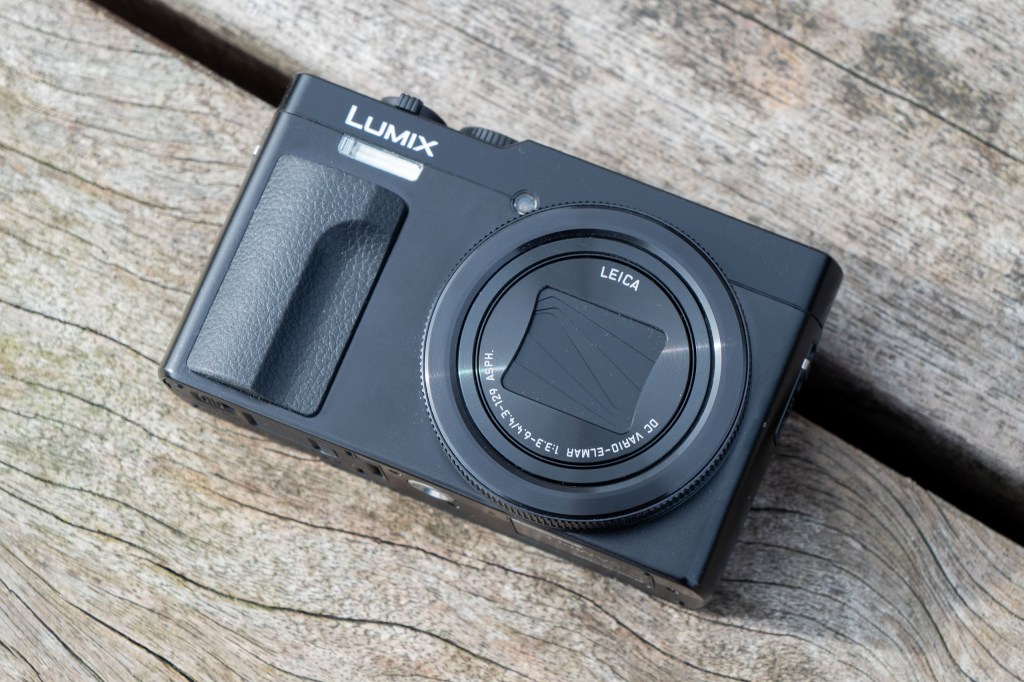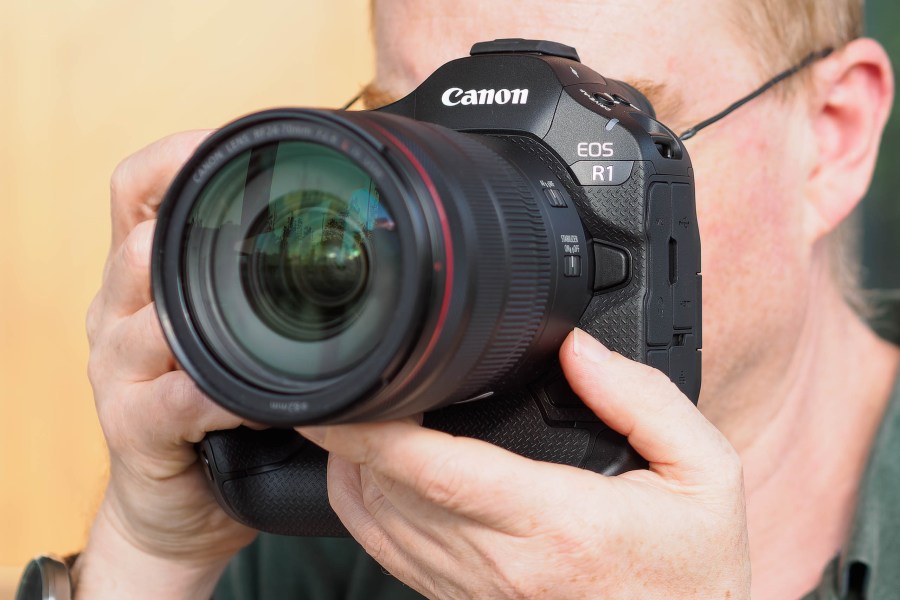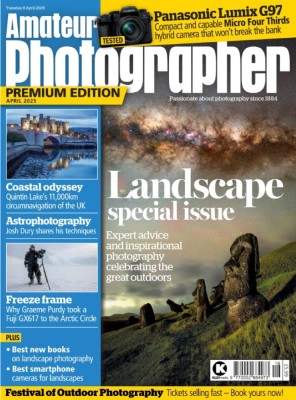I’ve recently been reviewing a range of the latest cameras from several manufacturers, including Sony’s A9 III and A1 II, plus the Canon EOS R1. Aside from increased use of AI to enhance auto focus capability, another thing they’ve in common is eye-watering price tags. These days it isn’t just photographers’ creativity being stretched by such tools; it’s their wallets.
Sure, it’s been like this for at least the past five years, since global uncertainty and scarcity of certain components pushed prices up. But amid a long, drawn-out cost-of-living crisis, it feels more acute and more painful.
While we may have the best cameras there’s ever been in our lifetime at our disposal, doing more to help us achieve the pictures we want, the photographers using them and being targeted by the manufacturers are finding it harder than ever to make a living.
So, with most mirrorless models routinely arriving with price tags north of $1,000/£1,000 at least, who can afford such cameras? Are the high prices, inevitably, limiting uptake, just as the much as the fact that we all now have cameras in our phones is?
At one time it was the likes of professional medium format cameras and covetable releases from Leica commanding dizzying price tags – the former could be set against tax if you were a pro, and the latter paid for via bonuses if you were a banker – not the latest releases from mass market electronics manufacturers or photo specialists. Living vividly in my memory is the time I was invited to Leica camera launch and requested to don white gloves, like an academic examining the actual Magna Carta, before I was allowed to pick up the camera. “You’re joking?” were the words that involuntarily left my lips.

Camera manufacturers used to be canny enough to offer something for everyone, from the pocket money priced point-and-shoot to the cutting-edge professional DSLR/mirrorless, with prices naturally increasing incrementally in line with features, functions and image quality. That felt fair and the natural order of things.
However new cameras are now not for everyone. With great disrupters like mobile phones, Covid, Brexit and the Ukraine War, camera releases have increasingly become a luxury. Just like printed media in the digital age, what was once a necessity has become more rarified. I’m not sure that counts as progress. The more luxury a product, inevitably the more niche it becomes.
Of course there have been recent break-out successes, including the Fujifilm X100VI, where demand outstrips supply and pushes prices up further, especially on secondary markets. When products go viral, that’s when we are suddenly prepared to pay over the odds. At that point the complaint from retailers is they can’t get the stock, not that manufacturers are pushing prices beyond most people’s reach.
Our hope is that with younger generations discovering compact cameras and Panasonic responding with the ZS99/TZ99 and Canon to a lesser extent with its PowerShot V1 just shy of $1,000/£1,000, buying a standalone camera in the 2020’s won’t be a decision between shooting and eating.
Related reading:
The views expressed in this column are not necessarily those of Amateur Photographer magazine or Kelsey Media Limited. If you have an opinion you’d like to share on this topic, or any other photography related subject, email: ap.ed@kelsey.co.uk









